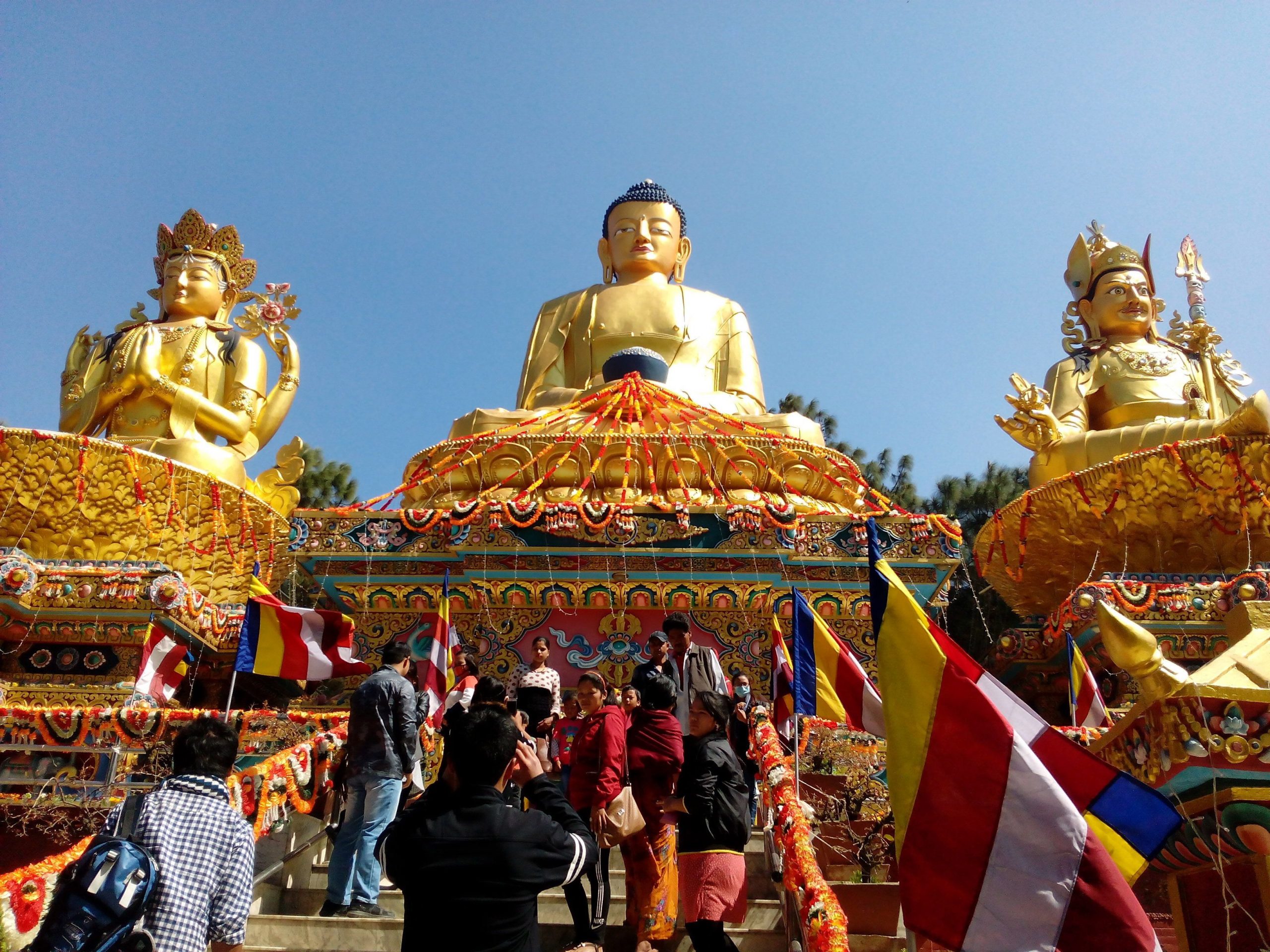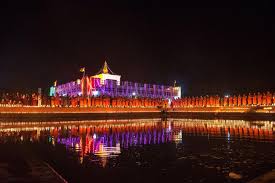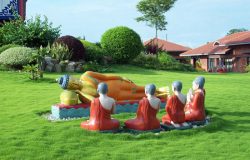
Buddha Jayanti
The birth anniversary of Gautam Buddha, the founder of Buddhism, is celebrated as Buddha Purnima or Buddha Jayanti with much fervour across the world. It falls on a full moon day in the month of Vaisakh (April/May) according to the Hindu calendar.
Buddhists regard Lumbini (which is now part of Nepal) to be the birthplace of Buddha. Named Siddhartha Gautama, Buddha was born as a prince into a royal family sometime in 563–480 BCE and raised in the Shakya capital of Kapilavastu, Nepal.

When is Buddha Purnima?
Buddha Purnima is the most sacred day in the Buddhist calendar. It is the most important festival of the Buddhists and is celebrated with great enthusiasm.
The exact date of Vesak is the first full moon in the fourth month in the Chinese lunar calendar. The date varies from year to year in the Gregorian calendar but is typically in May.
Although Buddhists regard every full moon as sacred, the moon of the month of Vaisakh has special significance because on this day the Buddha was born, attained enlightenment (nirvana), and attained parinirvana (nirvana-after-death of the body) when he died.
Background of Buddha Purnima
Shakyamuni Buddha, the historical founder of Buddhism, was born in what is present-day Nepal over 3,000 years ago. There are various opinions concerning the exact dates of his birth and death, but according to Buddhist tradition, he is said to have been born April 8, 1029 BC and died on February 15, 949 BC, although other Buddhist scholars place his birth five hundred years later.
Shakyamuni Buddha was the son of the king of the Shakyas, a small clan whose kingdom was located at the foothills of the Himalayas, south of what is now central Nepal, fifteen miles from Kapilavastu. Shakya of Shakyamuni is taken from the name of this tribe and muni means sage or saint. His family name was Gautama (Best Cow) and his given name was Siddhartha (Goal Achieved) though some scholars say this is a title bestowed on him by later Buddhists in honour of the enlightenment he attained.
Even though many Buddhists observe Buddha’s historical birth on 8th April, the exact date remains in question. Although modern archaeological and historical research confirms that Prince Siddartha Gotama lived around this time.
On Buddha Purnima, people dress in white clothes and give out kheer (a rice pudding) as, according to legend, a woman named Sujata once offered Gautam Buddha kheer on his birthday and it has since become a tradition.
The dharmacakra or dharma wheel is a symbol often seen during Vesak. It is a wooden wheel with eight spokes. The wheel represents Buddha’s teaching on the path to enlightenment. The eight spokes symbolize the noble eightfold path of Buddhism.

Where to Visit?
It is observed at Buddhist shrines and monasteries throughout Nepal, but a particularly grand ceremony is held at Buddha’s birthplace in Lumbini, on the Terai. In Kathmandu, the Tibetan enclave of Boudhanath is a particularly good place to watch the festivities.

Buddha Jayanti is a significant religious festival celebrated in Nepal to commemorate the birth, enlightenment, and passing away of Gautam Buddha. The festival is a remarkable display of the country's cultural and religious diversity, which attracts a large number of visitors from all over the world. Visiting Nepal during this festival is an enriching experience as it provides a glimpse into the country's spiritual heritage and offers a chance to…